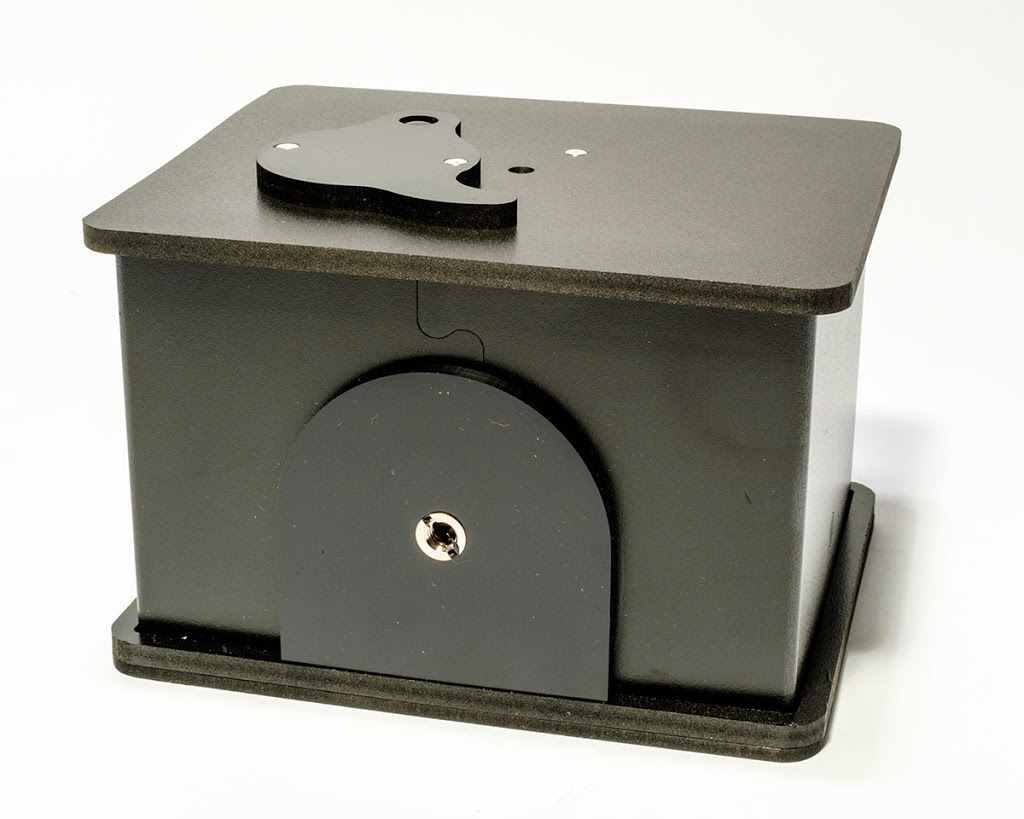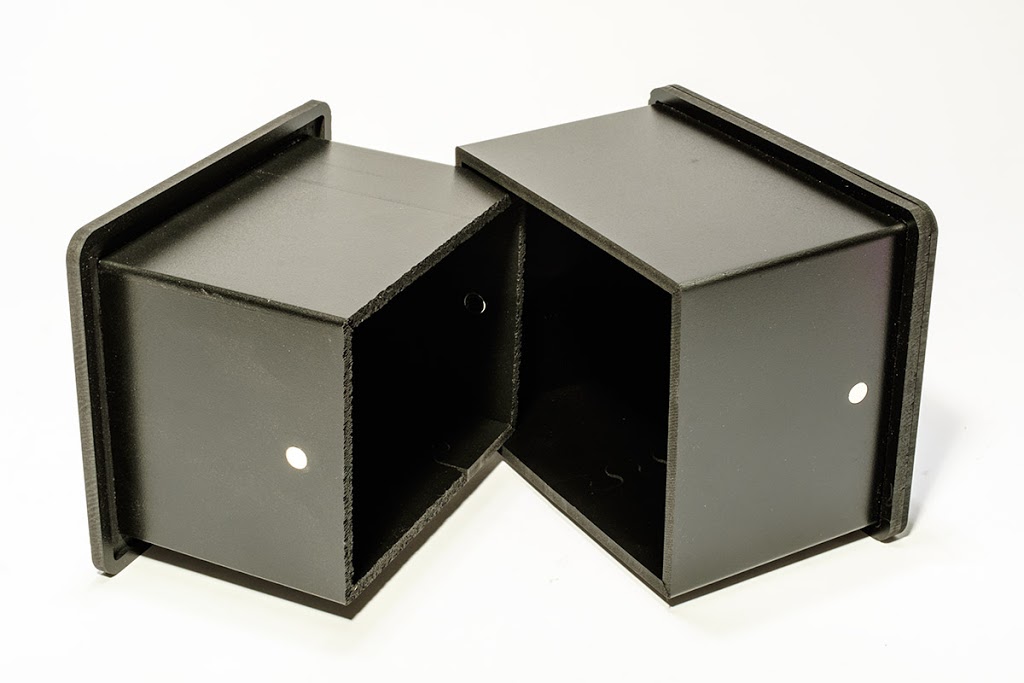03 May Watch This Space…Carefully
The weblog column of Camera Electronic is changing. Oh you still can’t escape from Uncle Dick Stein, the writer, and who would want to… But we have decided to set the daily column out on the WordPress system rather than the previous carrier. You will not have to do anything new - just click onto the “ Blog “ button on the Camera Electronic web page as you normally do, and it will take you to the new column directly. At least that is the theory. This post is a trial run for the system. If you are seeing it, we’re happy. If you cannot see it, there will be lots of backroom shuffling going on down at Stirling Street and a good deal of boisterous language. The appearance of the new column will be neater - our graphic designer has rounded up some of the wandering categories and herded them into more easily managed groups. Logic has been applied and good taste has come to what was becoming a rather frantic venture. The sensible design will continue and order will prevail in...





